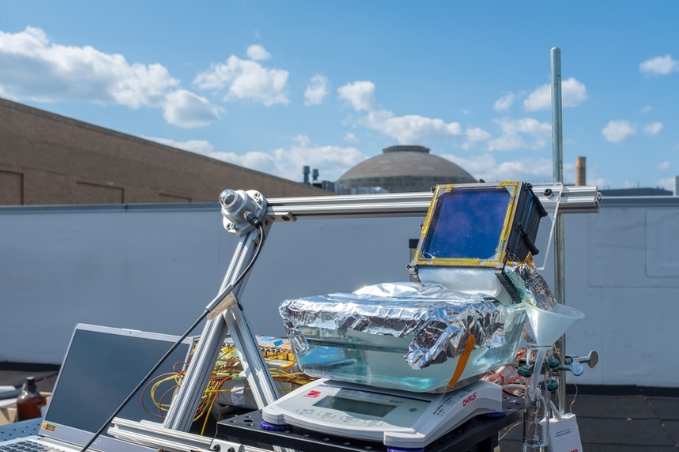Designing an efficient water desalination system for coastal areas involves addressing key factors such as energy efficiency, environmental sustainability, and scalability. Here’s an overview of how to approach the design of such a system:
1. Identify the Type of Desalination Technology
The two most commonly used methods are:
- Reverse Osmosis (RO):
- Process: Saltwater is pushed through a semi-permeable membrane to separate freshwater from salt and other impurities.
- Energy Use: High energy demand due to pressure requirements.
- Advantages: Produces high-quality water and is scalable.
- Disadvantages: Energy-intensive and creates brine waste that must be properly managed.
- Multi-Stage Flash Distillation (MSF):
- Process: Seawater is heated in multiple stages, and the vapor is condensed to produce freshwater.
- Energy Use: Requires significant thermal energy, often powered by natural gas or waste heat.
- Advantages: Well-suited for large-scale operations.
- Disadvantages: High energy consumption and brine discharge.
- Electrodialysis (ED):
- Process: Uses an electric field to move salt ions through ion-selective membranes.
- Energy Use: Moderate compared to RO and MSF.
- Advantages: Lower energy requirements for low-salinity water.
- Disadvantages: Less effective for highly saline water.
2. Energy Source Integration
- Renewable Energy Sources:
- Solar and wind energy are attractive options for powering desalination plants in coastal areas. These sources can help offset the high energy requirements of desalination systems.
- Solar desalination systems are becoming more viable in regions with abundant sunlight, especially when combined with RO technology.
- Waste Heat Utilization:
- Waste heat from power plants or industrial processes can be used to power thermal desalination methods, such as MSF or Multi-Effect Distillation (MED).
- This approach reduces the operational costs and makes use of otherwise wasted energy.
3. Water Quality and Pre-treatment
- Pre-filtration: Seawater should be filtered to remove large debris and organic matter before desalination to prevent clogging of membranes and equipment.
- Chemical Treatment: Seawater often requires chemical treatment (such as anti-scaling agents) to prevent fouling and improve membrane efficiency, especially in RO systems.
4. Brine Disposal
- Environmental Impact: Brine disposal is a critical environmental challenge. Options include:
- Dilution in deep water: Ensuring that the brine is disposed of far enough from the desalination plant to avoid ecosystem damage.
- Zero Liquid Discharge (ZLD): Technologies to recover almost all water from brine, reducing environmental impact but adding costs.
- Innovative Brine Management: Research into more sustainable brine management methods, such as using brine for mineral extraction or combining desalination with aquaculture, is ongoing.
5. Modular and Scalable Design
- Desalination systems should be designed to be modular and scalable, allowing for the expansion of capacity as needed based on local demand.
- Decentralized Desalination: Smaller, decentralized systems can be used for local communities, reducing transportation costs and reliance on a central infrastructure.
6. Cost and Efficiency Optimization
- Operational Efficiency: Maximizing recovery ratios, minimizing energy consumption, and optimizing maintenance cycles are crucial for reducing operational costs.
- Cost-Effective Materials: Developing cheaper, more durable membranes and materials for desalination units can significantly reduce long-term maintenance costs.
- Automation and Monitoring: Advanced sensors and AI-powered systems can optimize operations, predict maintenance needs, and detect faults early.
7. Social and Economic Considerations
- Affordability: The system should be economically viable for local communities. Government support and funding may be necessary to make desalinated water affordable.
- Local Employment: The desalination plant can provide jobs in operation, maintenance, and research & development, boosting the local economy.
8. Sustainability
- Carbon Footprint: It’s important to monitor and reduce the carbon footprint of the desalination process. Using renewable energy sources for operation can help minimize greenhouse gas emissions.
- Local Resource Management: The design should be aligned with local water resource management strategies to ensure that desalination complements existing freshwater resources and does not disrupt local ecosystems.
By integrating advanced technologies, renewable energy, and efficient management strategies, a coastal desalination system can help provide a reliable and sustainable water source while minimizing environmental impact and costs. Would you like more detailed information on any of these aspects?

Also Read :
